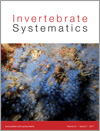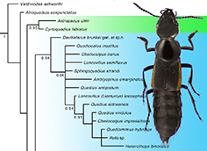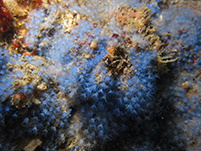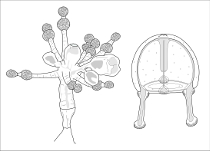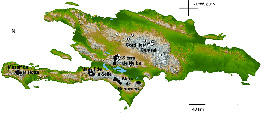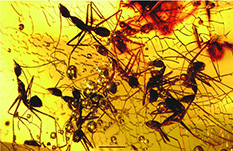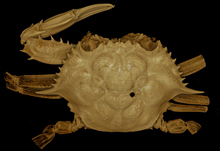IS16083Relationships and phylogenetic revision of Filistatinella spiders (Araneae : Filistatidae)
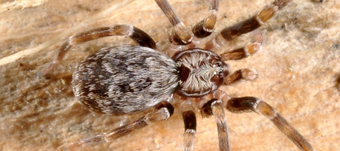
Filistatinella spiders are found in semiarid areas of North America, and represent an ancient branch of the spider tree of life. After investigating specimens deposited in scientific collections, seven new species were discovered, and their morphology suggests Filistatinella are relatives of Pholcoides from Asia. This study suggests that many Filistatidae species remain to be discovered, and adds yet another piece to the puzzle of early spider evolution.


